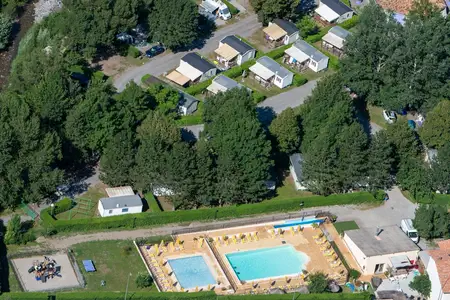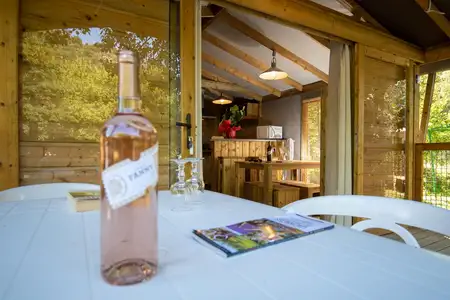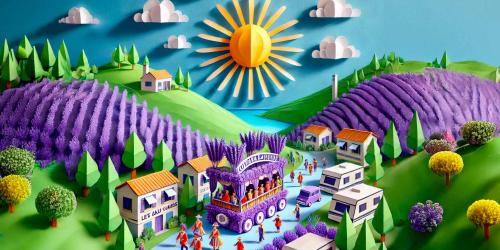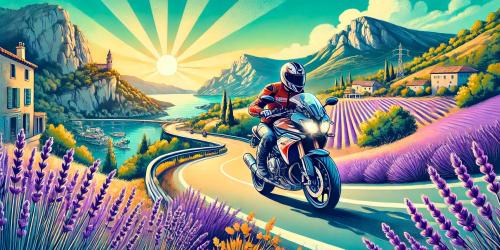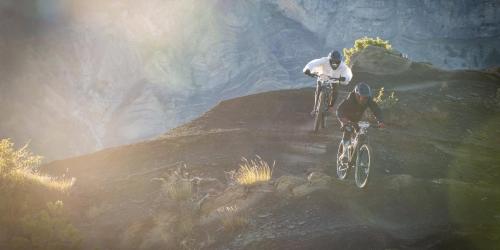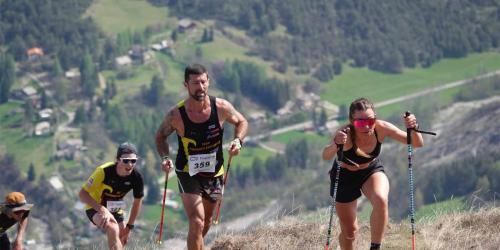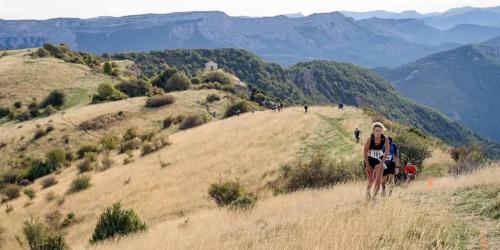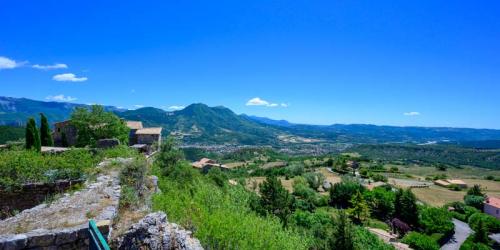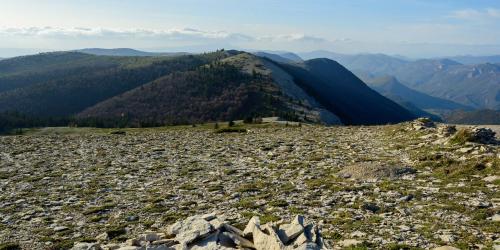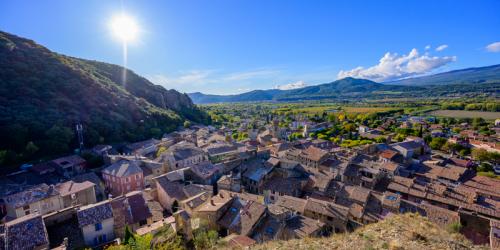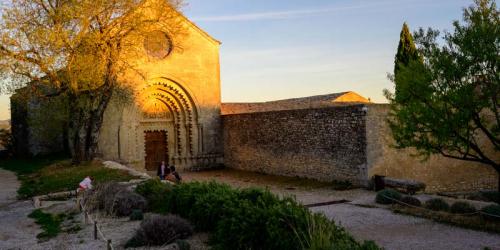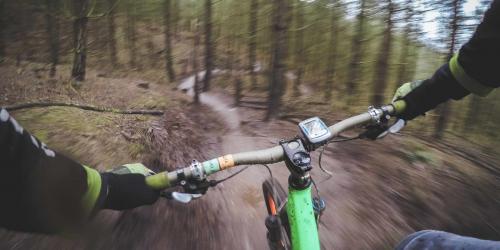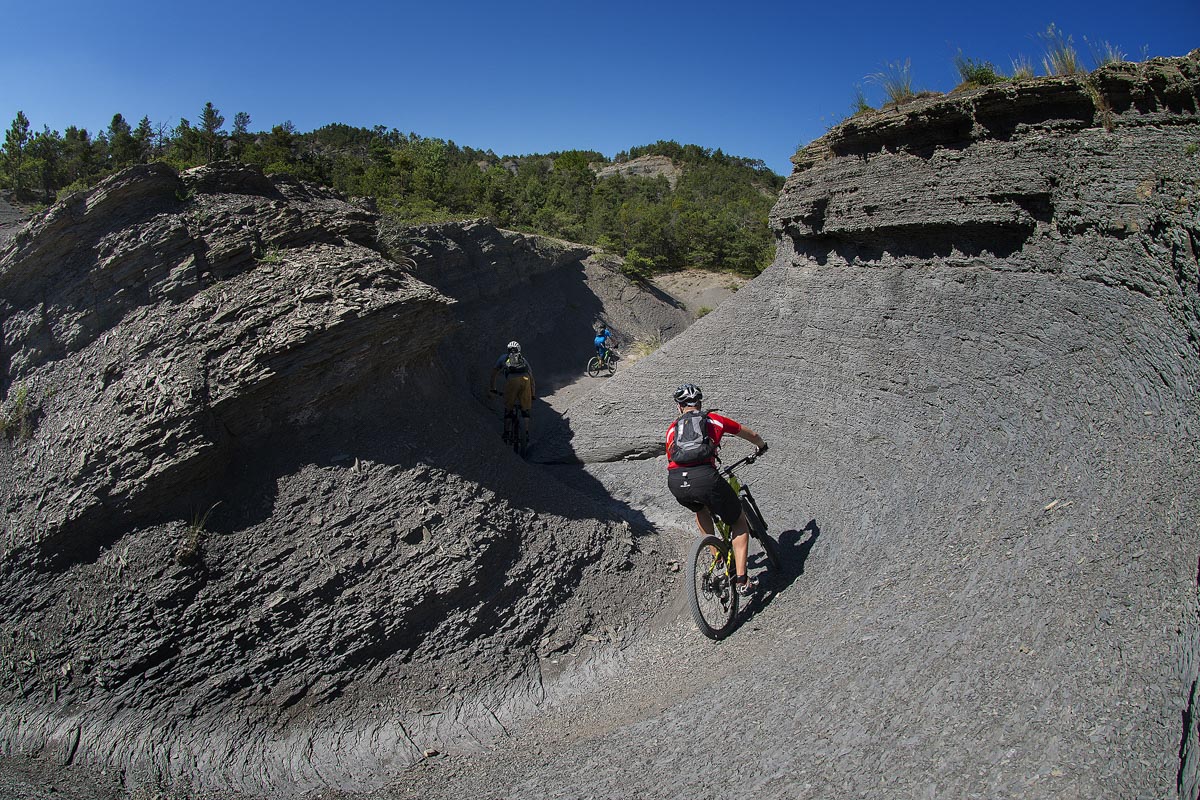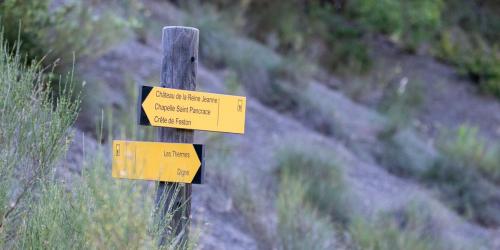Nestled at 884m on the crest of the peaks overlooking the campsite, St-Pancrace is a small rural chapel accessible from the thermal baths. The hike is easy, the view sublime and the route punctuated with some nice surprises.
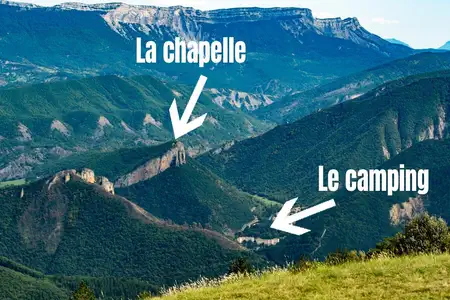
Family objective of this 11th of August: to reach the chapel from the campsite. The day before, we were sure of one thing: early in the morning it was cold and the temperature rose quickly. So we had to make some preparations: we had to have enough water, something to eat on the way and to be able to cover ourselves at the start of the path.
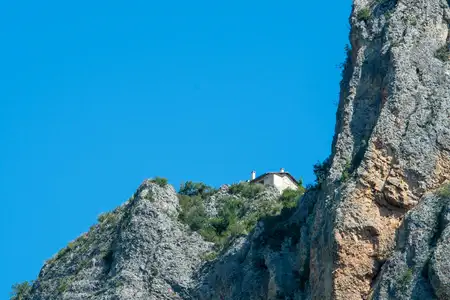
As expected, we wake up late and head for the thermal baths. We join the path through the gate at the back of the campsite, the path follows the Eaux Chaudes stream and goes up towards the thermal baths.
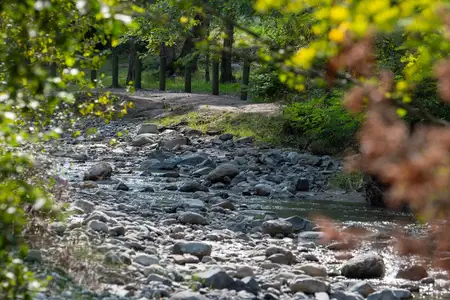
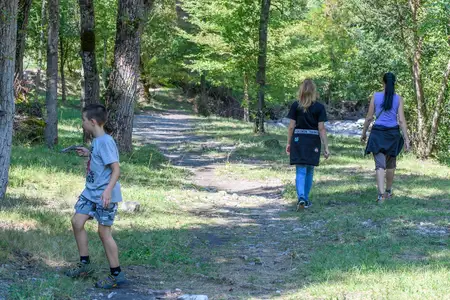
At the beginning of the morning, the mild temperature facilitates our progression on a gentle slope. We reach the thermal baths which we pass by a few hundred metres to the start of the hiking trail. We head for the Saint Pancrace chapel. From this point on we start to climb in earnest. The path is wide and the view of the Eaux Chaudes valley gradually becomes clearer.
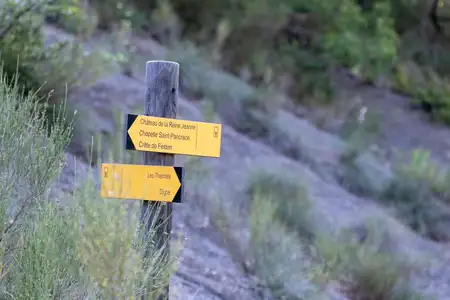
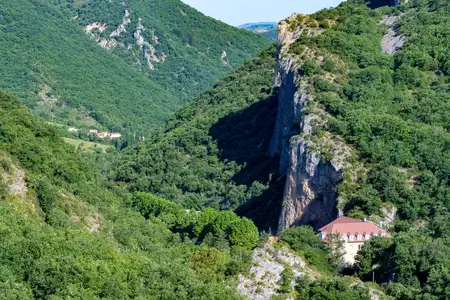
After a few minutes of walking and after having redone the world ten times, the path splits in two, on the right the "Queen Jeanne's castle" and on the left the "Saint Pancrace chapel". Curiosity is the strongest, the chapel will wait for us a little, we take the direction of the castle.
The slope is steep but the effort does not last long, the first stones testifying to the ancient occupation of the place emerge in the middle of a nature that has long since regained its rights.
The "castle", which was under the control of the Count of Provence, is attributed to Queen Jeanne, i.e. towards the end of the 14th century. The tower, measuring 10 m on each side with walls 1.1 m thick, was built on at least two levels. The chapel dates from the first half of the 19th century and was built on the ruins of the medieval building. It was rebuilt around 1848 on the initiative of the Secours mutuel des agriculteurs de Digne and fitted out around 1914.
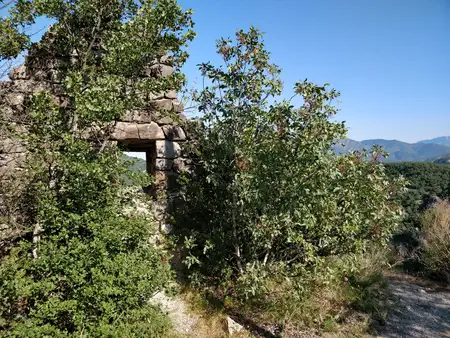
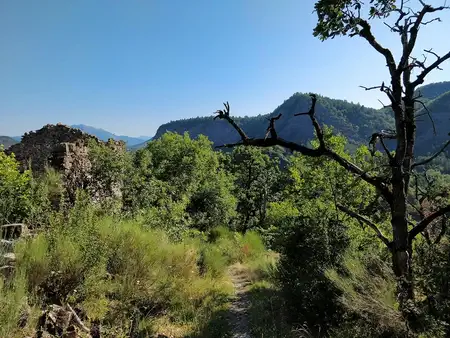
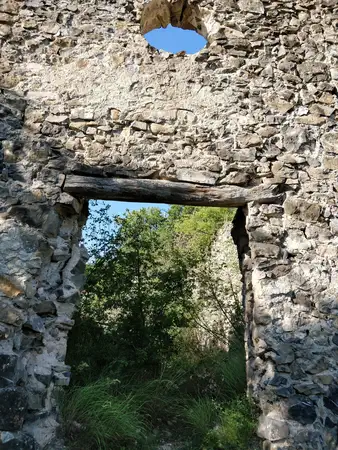
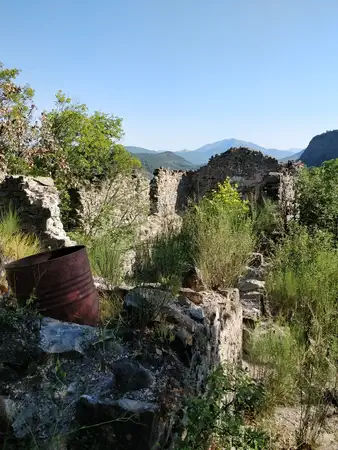
We let our imaginations run wild for a good hour in the middle of the castle ruins before resuming our journey towards the chapel and our route takes us to a rather unusual site: the black earth. The rain-ravaged soil is made up of a black stone, marl, a mixture of calcite and clay dating from the Jurassic period. This lunar and hot landscape quickly becomes a playground and we find ourselves observing, with a certain admiration and great interest, the rare plants that grow there.
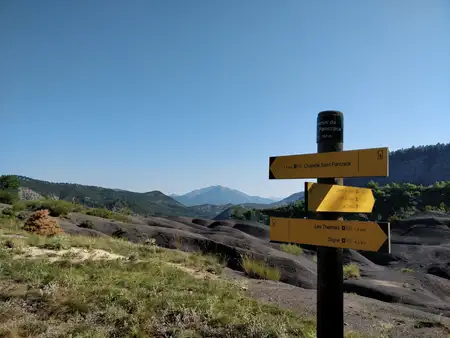
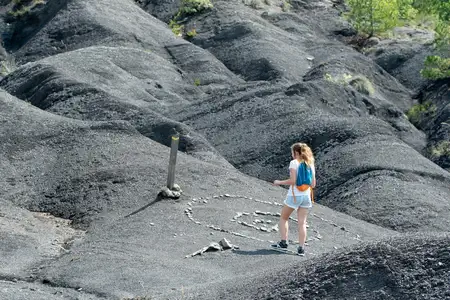
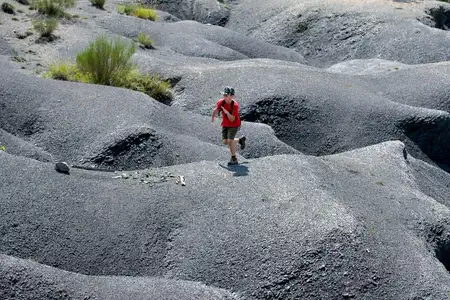
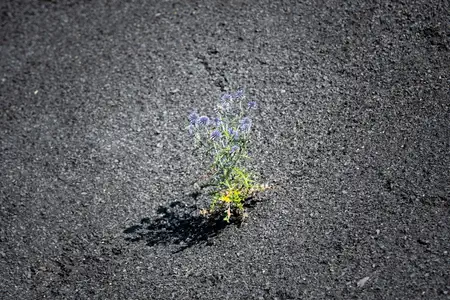
On the way to the chapel we take the time to read the information panels along the way. Each time we have the opportunity to quench our thirst and enjoy the calm and the landscape before it gets too hot.
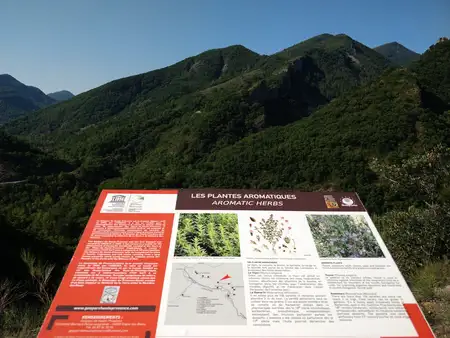
At the bend in the road, we discover a strange building housing a cairn. This is a contemporary work of art designed by the British artist Andy Goldworthly. It is a reminder to the present that the path, in a fading rural past, was an important traffic route.
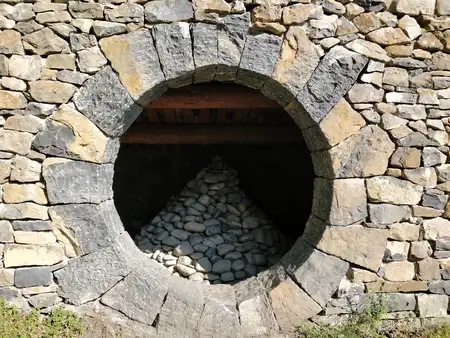
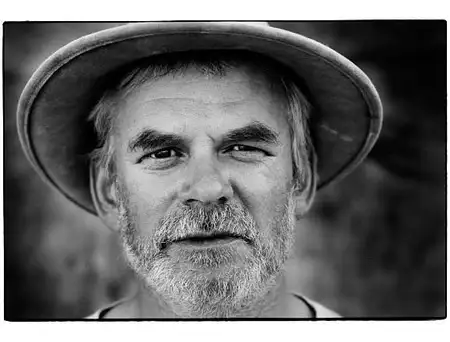
Now, the chapel is not far away but it is not unpleasant to hang around a bit on the way. It is as we leave an undergrowth, I can assure you that in the late morning the shade is appreciated at its true value, that the chapel is revealed perched at 884 m above Digne. Although a place of worship is attested to in the 12th century, we do not know when the present church was built. It is mentioned in 1654 in connection with an extension that took place after the plague of 1629. It was the site of a pilgrimage from 1662, which gradually disappeared between 1950 and 2000.
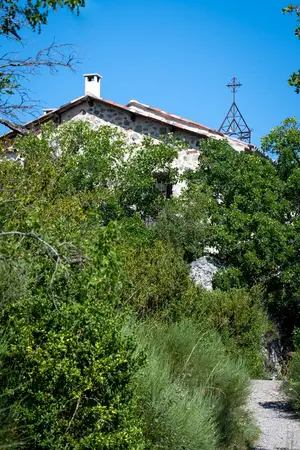
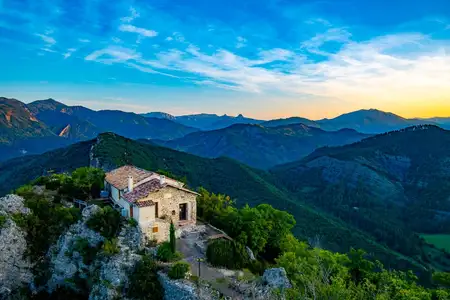
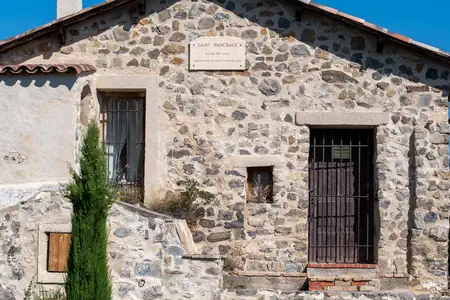
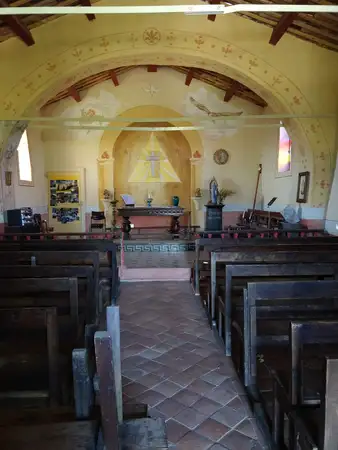
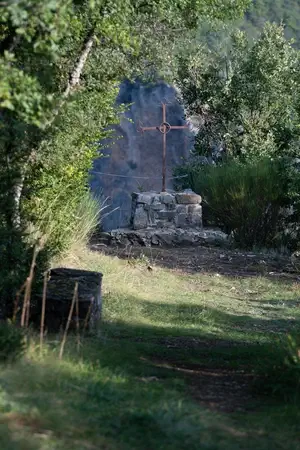
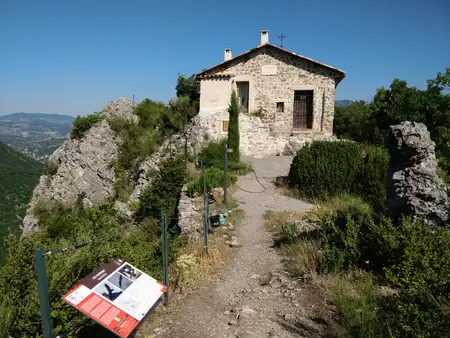
From up there, the view of the Alpes de Haute-Provence is exceptional. So much so that we went back a few days later to watch the sunrise from the summit. The tour of the chapel is quickly done, we settle down, we hang out, we enjoy the moment when below the campsite invites the hikers to come back and enjoy the swimming pool. There is not much water left, it is time to go back, but that is another story.
